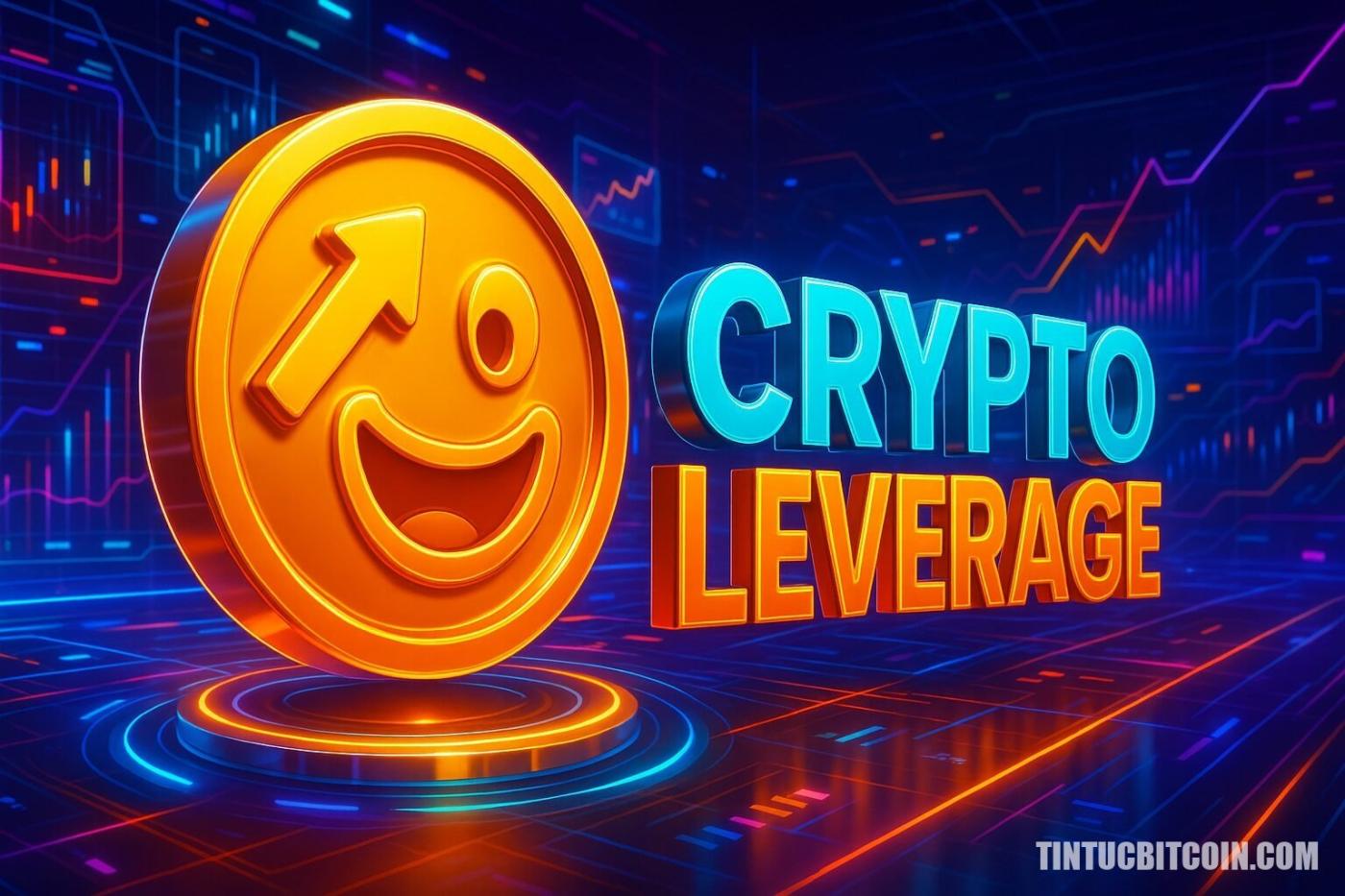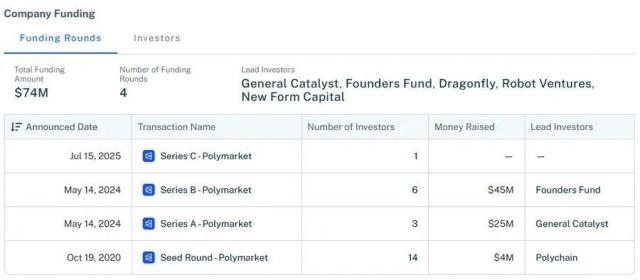
Leverage and margin lending are essential tools that help investors maximize profits when the crypto market grows. However, their use must be accompanied by strict risk management to avoid the risk of liquidation during strong volatility.
The cryptocurrency market currently attracts large capital, increasing margin lending rates on centralized exchanges like Binance. Understanding how to calculate positions and leverage will help investors effectively utilize market opportunities while scientifically controlling risks.
- New capital flowing into the crypto market drives margin lending rates to increase strongly.
- How to calculate margin lending positions on Binance helps optimize capital and risk management.
- High leverage increases profits but requires caution about liquidation risks during market fluctuations.
What Does the New Capital Flowing into the Crypto Market Indicate?
According to Binance and major exchanges, the sudden increase in margin lending rates indicates a strong surge of investment capital into the market. Reports show that the margin lending rate for the BTC/USDT pair has increased from 0.01% to 0.05% daily, reflecting a very large short-term borrowing demand during this period.
Strong capital flow helps improve liquidation, promotes fast trading, and positively impacts altcoin projects. According to historical BTC lending rate data on Binance, this level has reached its peak in the last 30 days, proving the increasing buying trend.
"High margin lending rates are a clear signal of the cryptocurrency market's attractiveness, especially when Bitcoin surpasses the $100,000 price range."
Changpeng Zhao, Binance CEO, 2024
How to Calculate Margin Positions on Binance?
Calculating margin positions on Binance is crucial for risk control and profit optimization. Binance divides margin into two main types: Cross margin (entire collateral assets in the account) and Isolated margin (specific to each trading pair).
Margin lending rates are calculated hourly, for example, 0.01%/hour for a 10,000 USDT loan means you must pay 1 USDT per hour. Liquidation price depends on collateral asset value, loan amount, and Maintenance Margin Ratio (MMR). Additionally, the Margin Level is an account health indicator, typically needing to be kept above 1.1 to avoid liquidation.
What are Margin Lending Rates and Liquidation Levels?
Margin lending rates on Binance are continuously updated, fluctuating according to market conditions. Liquidation price is the asset price that drops to a point where it cannot maintain the loan, leading to automatic liquidation.
What Does the Margin Deposit Ratio Mean?
Margin Level = (Net Assets / Loan) x 100%. When this index falls below the specified threshold, the account will be liquidated.
"Managing Margin Level and using Stop-Loss are core factors that help investors protect capital in margin trading."
Nguyen Van An, Cryptocurrency Market Analyst, 2024
Can Leverage Effectively Increase Positions?
Leverage is a tool that multiplies profits when the market rises. For example, using 5x leverage with Bitcoin rising from $100,000 to $120,000 will create a profit equivalent to 100%, far exceeding the actual price increase.
Therefore, during FOMO periods, many investors use high-leverage margin with expectations of an early end to the price increase trend, maximizing profit opportunities.
What are the Risks of Position Liquidation During Strong Market Fluctuations?
Using margin with high leverage means large liquidation risks, especially when the market is volatile. Glassnode data records over $1.7 billion in margin positions liquidated in just one day in the Bitcoin price range of $90,000 - $100,000 due to continuous pump-dump.
Altcoins are usually more strongly affected when Bitcoin drops, potentially losing 20-30%, easily causing strong liquidation when investors use high leverage. Therefore, capital management, setting Stop-Loss, and not using excessive leverage are mandatory.
How to Illustrate 5x Margin Lending to Accumulate ETH?
Suppose you have $10,000 using 5x leverage to buy ETH at $3,500, total trading capital is $50,000, buying approximately 14.29 ETH. When ETH price rises to $8,000, total asset value reaches $114,285.6.
Lending rate of 0.01%/hour for 3 months (2,160 hours) will be $8,640. Net profit is $65,645.6 after deducting loan principal and interest. However, if ETH price drops below $2,800, you risk total position liquidation due to insufficient loan maintenance.
Applying Stop-Loss and maintaining stable margin ratio is necessary to minimize risks and protect assets.
Summary of Leverage and Margin Knowledge in Crypto
Understanding market capital flow, margin lending position calculations, and leverage helps investors establish effective strategies. Simultaneously, risk control through Margin Level management and using support tools like Stop-Loss is crucial to avoid unwanted liquidations during strong volatility periods.
Frequently Asked Questions
What is Margin and Why is it Important in Crypto Trading?
Margin is a loan from an exchange that helps increase trading capital. It's important for leveraging and increasing profits but must be accompanied by careful risk management to avoid liquidation.
How are Margin Lending Rates Calculated on Binance?
Binance calculates margin lending rates hourly, fluctuating according to market supply and demand, and is continuously updated every hour.
What is the Function of Stop-Loss When Using Margin?
Stop-Loss helps limit losses when the market moves contrary to expectations, protecting the account from liquidation due to strong fluctuations.
How to Avoid Liquidation When Using High Leverage?
Regularly monitor Margin Level, set a reasonable Stop-Loss, and avoid using excessive leverage during periods of significant market volatility.
Is 5x Leverage a Safe Option for Beginners?
5x leverage may be too high for beginners and requires good risk management experience before use to prevent rapid capital loss.







